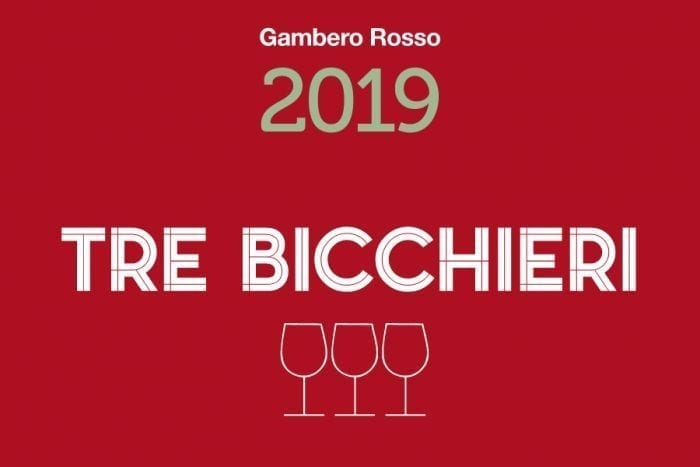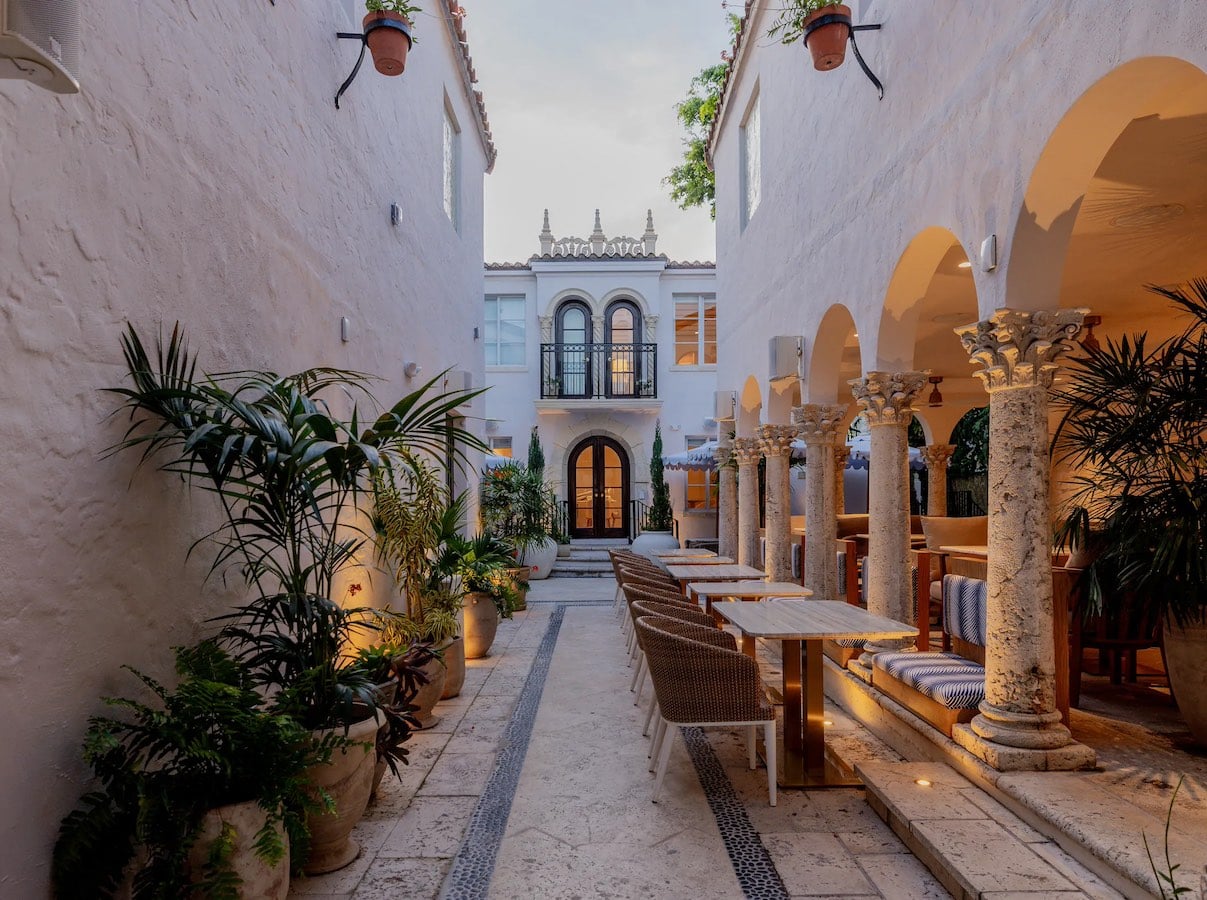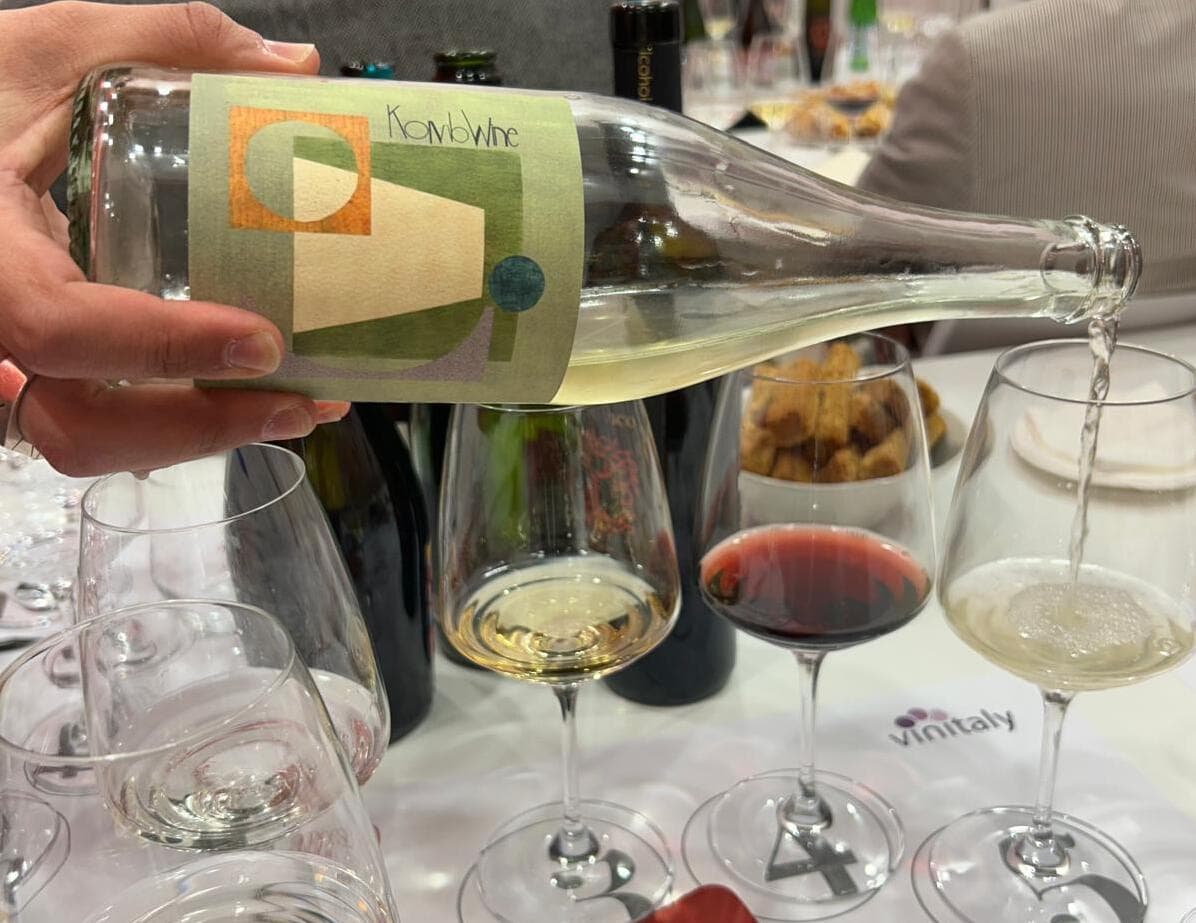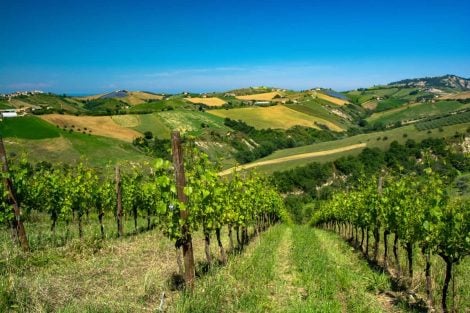Abruzzo’s wine industry is in many ways a kind of microcosm of the nation as a whole. This is true from a historic point of view, in its gradual capacity to develop its distinct characteristics while leaving behind an age in which it was dominated by large quantities of generic bulk wine used outside of the region. It’s also true from a territorial point of view, inasmuch as its grapes are cultivated from the highest peaks of the Apennines to the lowlands that line the Adriatic coast, each with its own relative agricultural and geo-climatic distinctions. And it’s also true from an entrepreneurial point of view, considering the variety of producers who operate here, from large-scale wineries with volumes in the millions of bottles to tiny artisans, from its cooperatives to private wineries of every sort. And the array of veteran winemakers is constantly being replenished and renewed by emerging ones. Naturally, this scenario is reflected in the wines themselves. Despite its somewhat limited ampelography (with respect to other areas), the various geographies and technical sensibilities give rise to a particularly varied aggregation of wines. There’s its Trebbiano and Pecorino whites, rosés and reds made with Montepulciano, and every possible stylistic interpretation is covered, from more Mediterranean wines to more ‘northern’ ones, from the delectable to the austere, from early-drinking to ageworthy. Then there’s those wines that are commonly associated with the ‘naturale’ movement, which are even inspiring the work done by more ‘classic’ producers. We’re speaking of organic management, eco-friendly projects, spontaneous fermentation, maceration on the skins (even for white grapes), maturation in concrete and terra-cotta, vinification without clarifying, filtration or added sulfites, and so on. And it’s all woven together by an extraordinary gastronomic versatility that allows its principal typologies to accompany practically any dish, and not just local ones. And they won’t cost you an arm and a leg either (it’s not a coincidence that once again a number of Tre Bicchieri come at a price that would allow for daily consumption). Montepulciano d’Abruzzo takes center stage, without a doubt the region’s most important appellation. In fact, it’s just now celebrating its 50th anniversary, and the series of wines recognized reminds us how much has changed over the past half a century.
Abruzzo Pecorino Giocheremo con i Fiori '17 – Torre dei Beati
Cerasuolo d'Abruzzo Piè delle Vigne '16 – Luigi Cataldi Madonna
Montepulciano d'Abruzzo '13 – Valentini
Montepulciano d'Abruzzo Colline Termane Zanna Ris. '13 – Illuminati
Montepulciano d'Abruzzo Mo' Ris. '14 – Cantina Tollo
Montepulciano d'Abruzzo Podere Castorani Ris. '14 – Castorani
Montepulciano d'Abruzzo Spelt Ris. '15 – La Valentina
Montepulciano d'Abruzzo Vign. Di Sant'Eusanio '16 – Valle Reale
Pecorino '17 – Villa Medoro
Trebbiano d'Abruzzo Castello di Semivicoli '15 – Masciarelli
Trebbiano d'Abruzzo Sup. Mario's 44 '16 – Tenuta Terraviva
Tullum Pecorino Biologico '17 – Feudo Antico



 Versace opens a super hotel with an Italian restaurant. Here's what Donatella Hotel & Restaurant in Miami will be like
Versace opens a super hotel with an Italian restaurant. Here's what Donatella Hotel & Restaurant in Miami will be like At The Crown Tirana, service and quality at the highest levels
At The Crown Tirana, service and quality at the highest levels We tasted Komb(w)ine, the new product that combines grape must and kombucha. Here’s our verdict
We tasted Komb(w)ine, the new product that combines grape must and kombucha. Here’s our verdict What changes for the export of Italian wines to China under the new regulations?
What changes for the export of Italian wines to China under the new regulations? “Forget dealcoholised wines. The future is Komb(w)ine.” Moser and Ravizza present a new grape must-based product
“Forget dealcoholised wines. The future is Komb(w)ine.” Moser and Ravizza present a new grape must-based product






